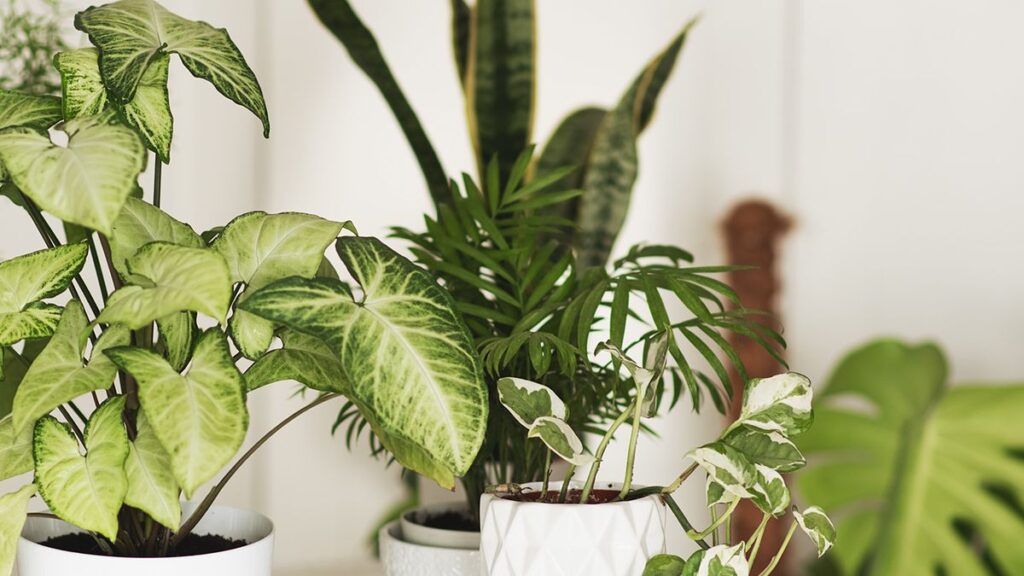Indoor gardening has become increasingly popular, offering individuals the opportunity to bring nature into their homes and create beautiful green spaces. While the concept of indoor gardening may seem straightforward, there are several common mistakes that beginners and even experienced gardeners often make. Understanding and avoiding these pitfalls is essential for maintaining healthy and thriving indoor plants. In this guide, we’ll explore some of the most common mistakes to avoid in indoor gardening and provide tips for success.
1. Overwatering:
One of the most common mistakes in indoor gardening is overwatering. It’s easy to think that plants need constant watering, but in reality, too much water can lead to root rot and other issues. Instead of sticking to a strict watering schedule, it’s important to check the soil moisture level before watering. Allow the top inch or so of soil to dry out between waterings, and adjust your watering frequency based on the specific needs of each plant.
2. Poor Drainage:
Poor drainage is another common mistake that can lead to waterlogged soil and root rot. When planting indoor plants, be sure to choose pots with drainage holes in the bottom to allow excess water to escape. Additionally, use a well-draining potting mix that will prevent water from pooling around the roots. If your pots don’t have drainage holes, consider using a layer of gravel or perlite at the bottom to improve drainage.
3. Insufficient Light:
Many indoor gardeners underestimate the importance of light for plant growth. Without adequate light, plants may become leggy, pale, or fail to flower. When choosing indoor plants, consider their light requirements and place them in suitable locations within your home. South-facing windows typically receive the most sunlight, making them ideal for light-loving plants, while north-facing windows may be better suited for low-light plants. If natural light is limited, consider supplementing with grow lights to ensure your plants receive the light they need.
4. Ignoring Pest and Disease Issues:
Pests and diseases can quickly spread among indoor plants if left unchecked. Regularly inspect your plants for signs of pests such as aphids, spider mites, or fungus gnats, and take action to address any infestations promptly. Similarly, keep an eye out for symptoms of disease, such as yellowing leaves or moldy soil, and take steps to prevent the spread of disease through proper sanitation practices and isolation of affected plants.
5. Neglecting Humidity Levels:
Indoor environments often have lower humidity levels than outdoor spaces, which can be challenging for some plants, particularly tropical varieties. To increase humidity around your plants, consider using a humidifier, placing pebble trays filled with water beneath pots, or grouping plants together to create a microclimate of higher humidity. Regularly misting your plants with water can also help to boost humidity levels and keep foliage looking lush and healthy.
By avoiding these common mistakes and implementing proper care practices, you can enjoy a thriving indoor garden filled with healthy, vibrant plants. Remember to pay attention to the individual needs of each plant, provide adequate light and water, and remain vigilant against pests and diseases. With the right approach, indoor gardening can be a rewarding and enjoyable hobby that brings beauty and tranquility to your home.

